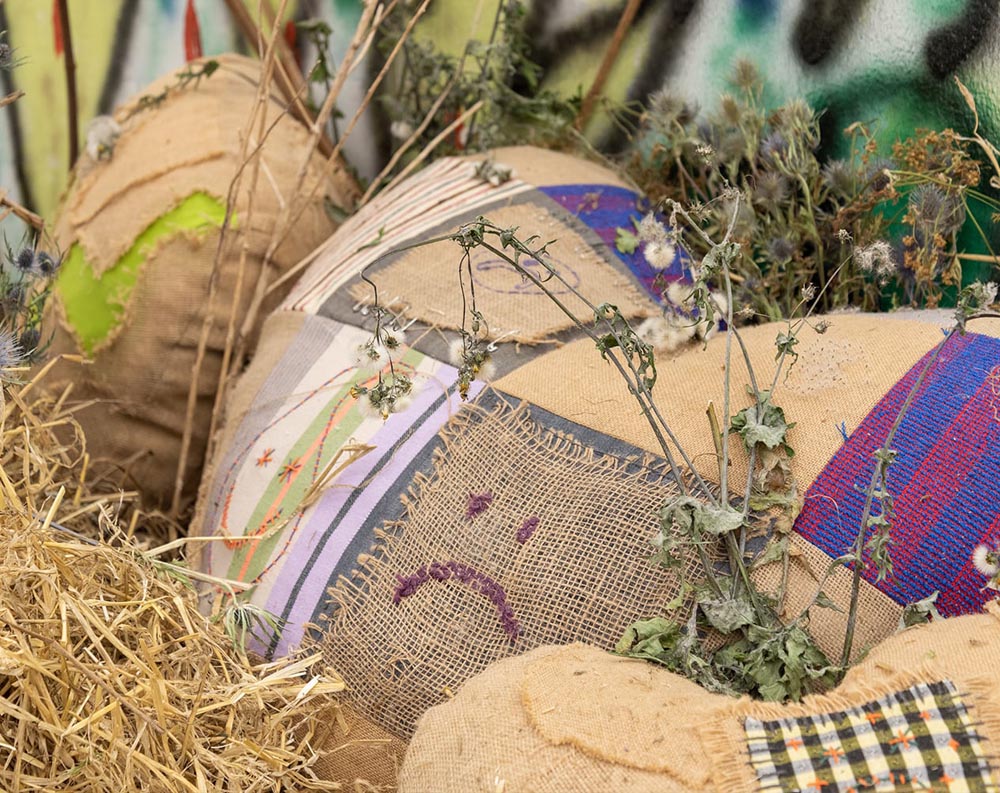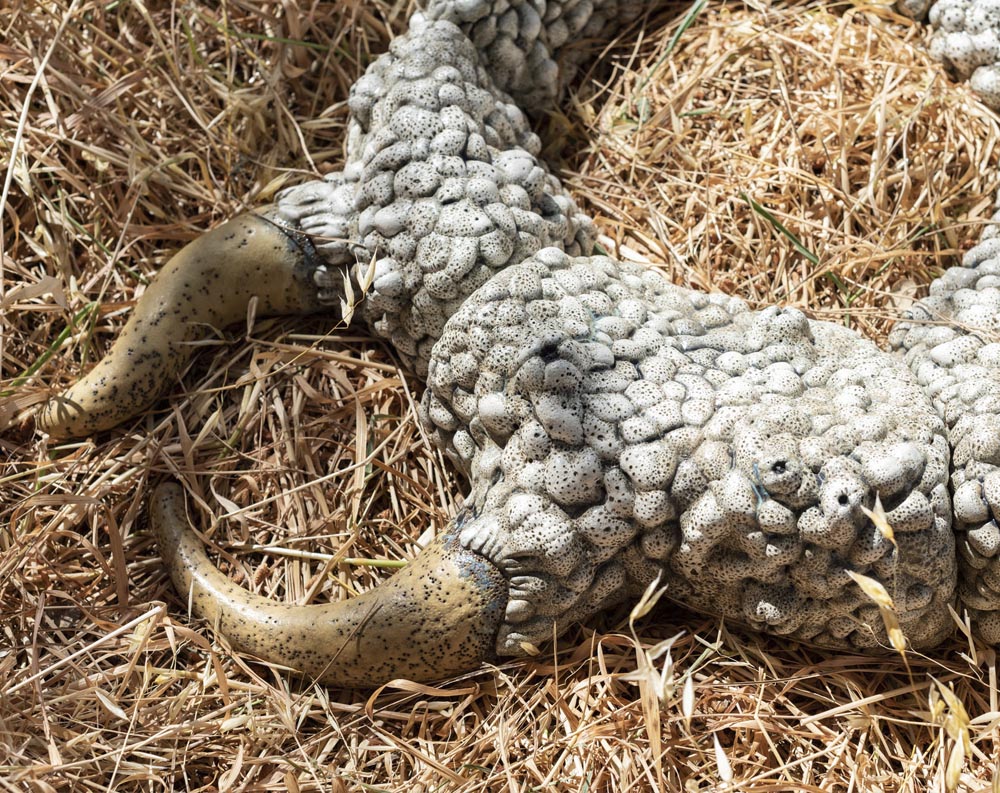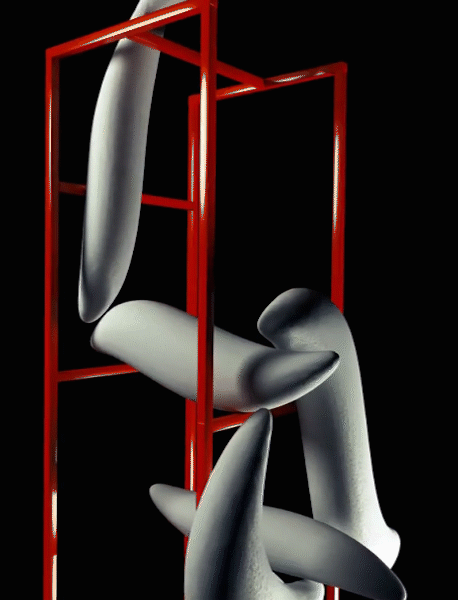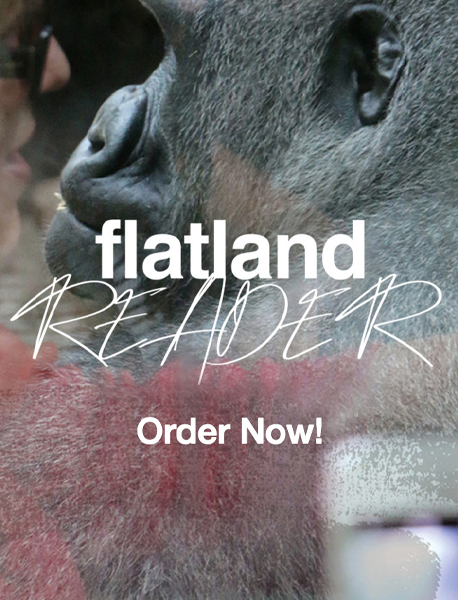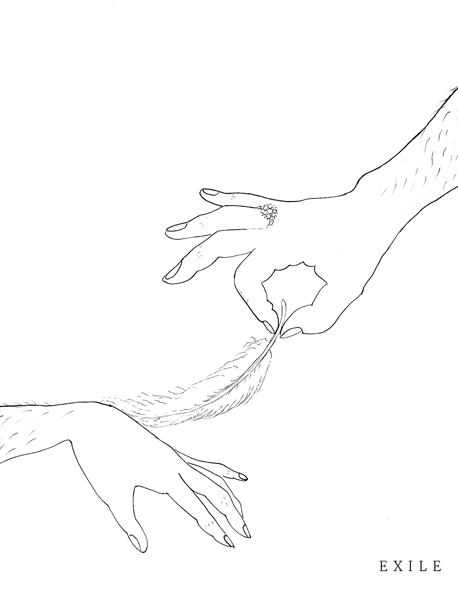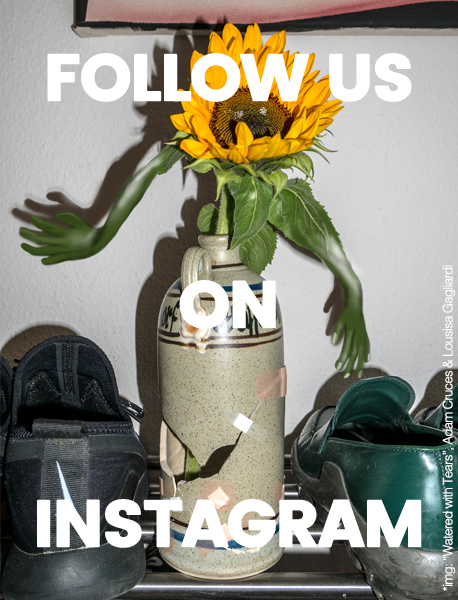OFLUXO
Viewpoint Vomiters
Matyáš Maláč and Olbram Pavlíček
Curated by Noemi Purkrábková
At CSO – City Surfer Office, Prague, Czech Republic
June 30 — 2022
“It is only when the classical point of view is lost that we can speak of ‘intrinsic randomness’ or ‘intrinsic irreversibility’.”
– Ilya Prigorine & Isabelle Stengers: Order out of Chaos. Man’s New Dialogue with Nature,
s. 289
The floor turns squishy as it enters through the soles of your feet, like the baby frogs from that trypophobic video you saw the other day – when they disappeared into a thousand holes on their mother’s back. The left wall breathes in and you suddenly feel a hint of cold air deep inside your lungs. He stands right in front of you and speaks frantically about some new GPT-3 based app. His left eye seems bigger than you remembered. The chirping intensifies as you try to maintain focus. But the pointy heels of the coffee table start pricking your skin, sparking a split-second flashback of slaughterhouse hooks on a half-ripped Vegan Fighter sticker stuck to the toilet bowl in Mama Coffee across the street from your place. Tears of pain you didn’t notice falling now evaporate into a dark, luminous cloud hovering overhead in the very center of the room, growing. It looks like liquid mercury – both wet and made of metal. You open your mouth to speak, only to notice that the words came from behind:
“I am all ears,” it wobbled.
“You look like it, sit down.”
In her book Contagious Architecture, Luciana Parisi writes that generative algorithms seem to “dissolve the opposition between mathematics and biology, between abstract models and concrete bodies”. As such, they are no longer mere simulators of material dynamics, but have acquired a new, ontological, or even ontogenetic status. In other words: they have themselves become “evolutionary bodies”. This is by no means to invoke some Terminator-style singularity dystopia, but to simply accept the extent to which even our physical tissue is melting into an infrastructure that is already more-than-human. As McKenzie Wark noted: “It’s not the cultural logic of late capitalism but the algorithmic logic of early something else.”
The present exhibition deals precisely with this “something”, dipping its sneaky fingers into a dense, opaque hodgepodge in which the categories of “natural” and “artificial” conflate into one swirl with no exit signs. Each in their distinct ways, Matyáš Maláč and Olbram Pavlíček dive deep into the matrix of hyperinformatic biotechnologies and systems of power, giving shape and color to otherwise unfathomable processes of transformation spreading throughout the (in)dividual and collective body-mind continuum. Shane Denson claims that in the post-digital age, images have become “metabolic”, affecting us beyond the visual or even perceptual realm. Perhaps our interflowing world is now metabolic in a similar sense; not an interaction or absorption, but a transmutation – an invisible, mutual act of molecular devouring happening everywhere between Friday Disney Channel programming and the microbiome bacteria living in your guts. And more than ever before, we now have the means to see ourselves for what we truly are – a secretion of both artificial and biological organs plunged into the neurochaos ruling our brains. As one genius meme has it, so much for “the so-called ‘free thinkers’ when the doctor hits their knee with a little hammer”.
We have, however, not been summoned into this room to “dissect “or, heaven forbid, “critically approach” the throbbing entropy. Because there is no turning back from where we stand, nor from anywhere else. Therefore, we cannot but enter a floating and yet embodied gaze that could be understood as “post”-everything – be it (post-)post-internet, post-media, post-fact, post-human, post-postmodern, post-ironic or post-whatever – grasping the fluid situation as an opportunity to break free of the anchor points of self-referentiality towards something encompassing, mysterious, or perhaps even mystical. But the dissolution of bonds between cultural signs and their once negotiated meanings does not lead into the Baudrillardian “desert of the real” upon which we should mourn the loss of reality and common sense. Instead, we are here to witness the layers of (social) reality spin into one dense, all-encompassing web entangling everything and everyone indiscriminately – humans, animals, digital signals, designer objects, internet trolls, AI name generators, Piet Mondrian, or a random pair of quantum particles entangled across space-time.
Stepping over the threshold, we thus take heed of what physicist Ilya Prigorine and philosopher Isabelle Stengers jointly emphasized: that “matter is not given” but “active”, or perhaps even “enchanted”. A “magmatic substrate”, as Sha Xin Wei calls it, which flows freely between all discursive codes, and in whose sticky embrace symbols cease to function as mere representations or commentary but become a magical ether folding back into itself – a marsh where every view loses its point.
As Eugene Thacker notes in Biomedia, many contemporary computational processes are in fact centered around “the biological, and its capacity to be instrumentalized into designed contexts” – we must therefore, always in the same breath, speak of “technology” and the re-shaping of physical spaces and bodies. It is in this sense that Olbram Pavlíček’s unsettling objects make tangible the elegant ergonomics of neurocapital’s articulation, bending us from outside, while our limbs are already made malleable by microplastics running through our veins. It is in this sense that Matyáš Maláč’s paintings slice into the visible until its entrails prolapse, showing us its darker, painfully close-knit core. And yet it remains crucial not to panic, not to look away, but to make a leap further, deeper. Because as Thacker encourages: “…the body you get back is not the body with which you began, but you can still touch it.”
— Noemi Purkrábková
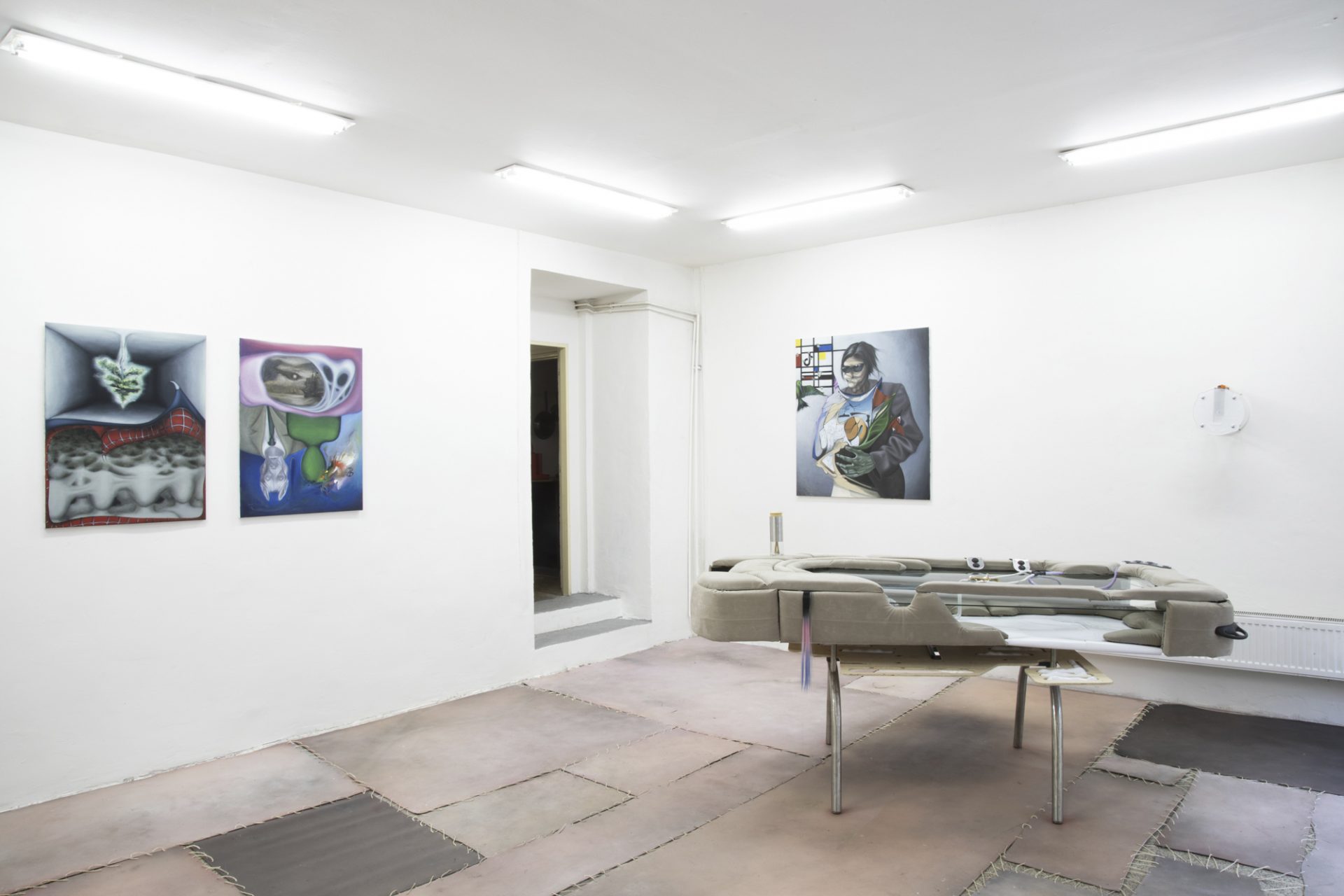
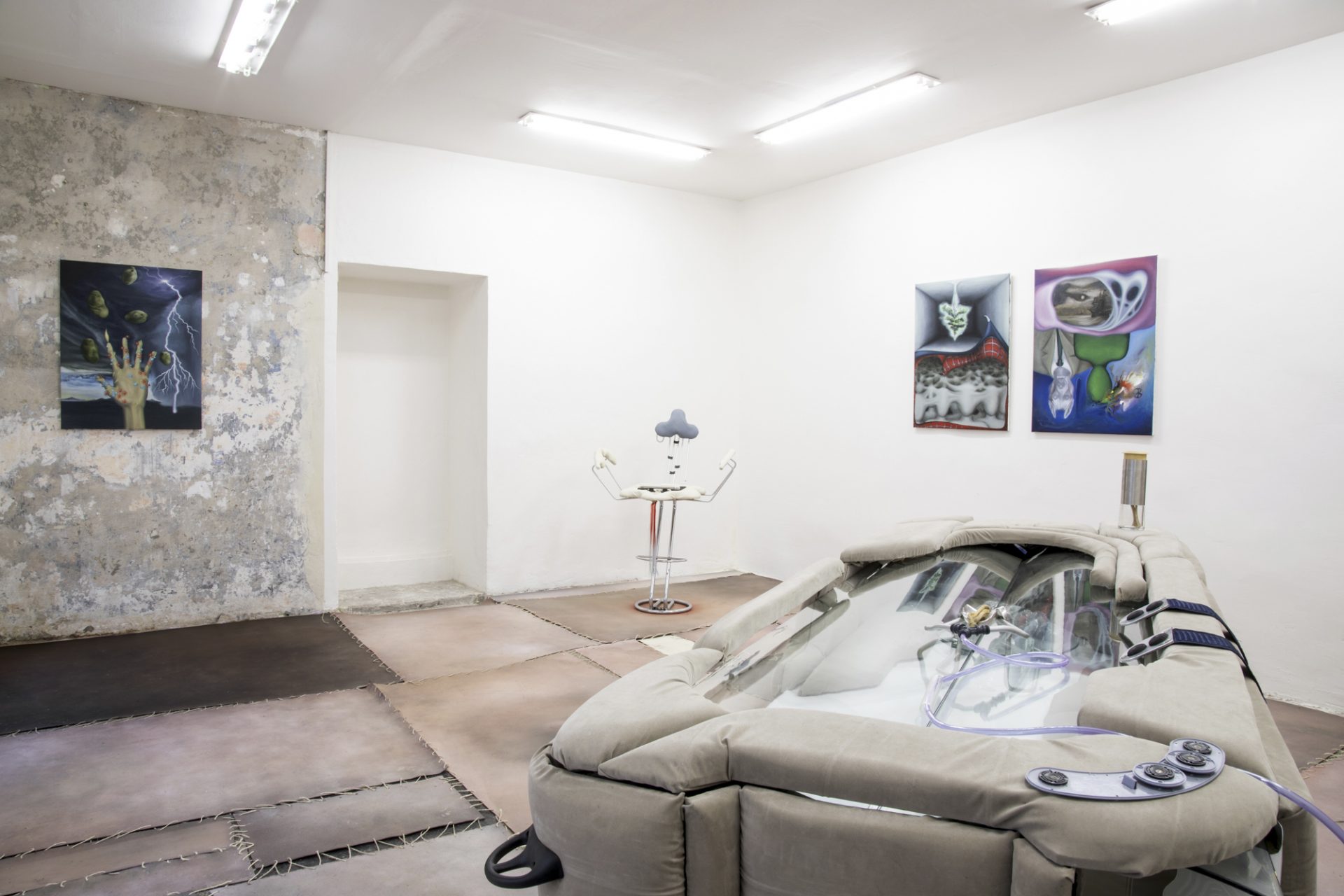
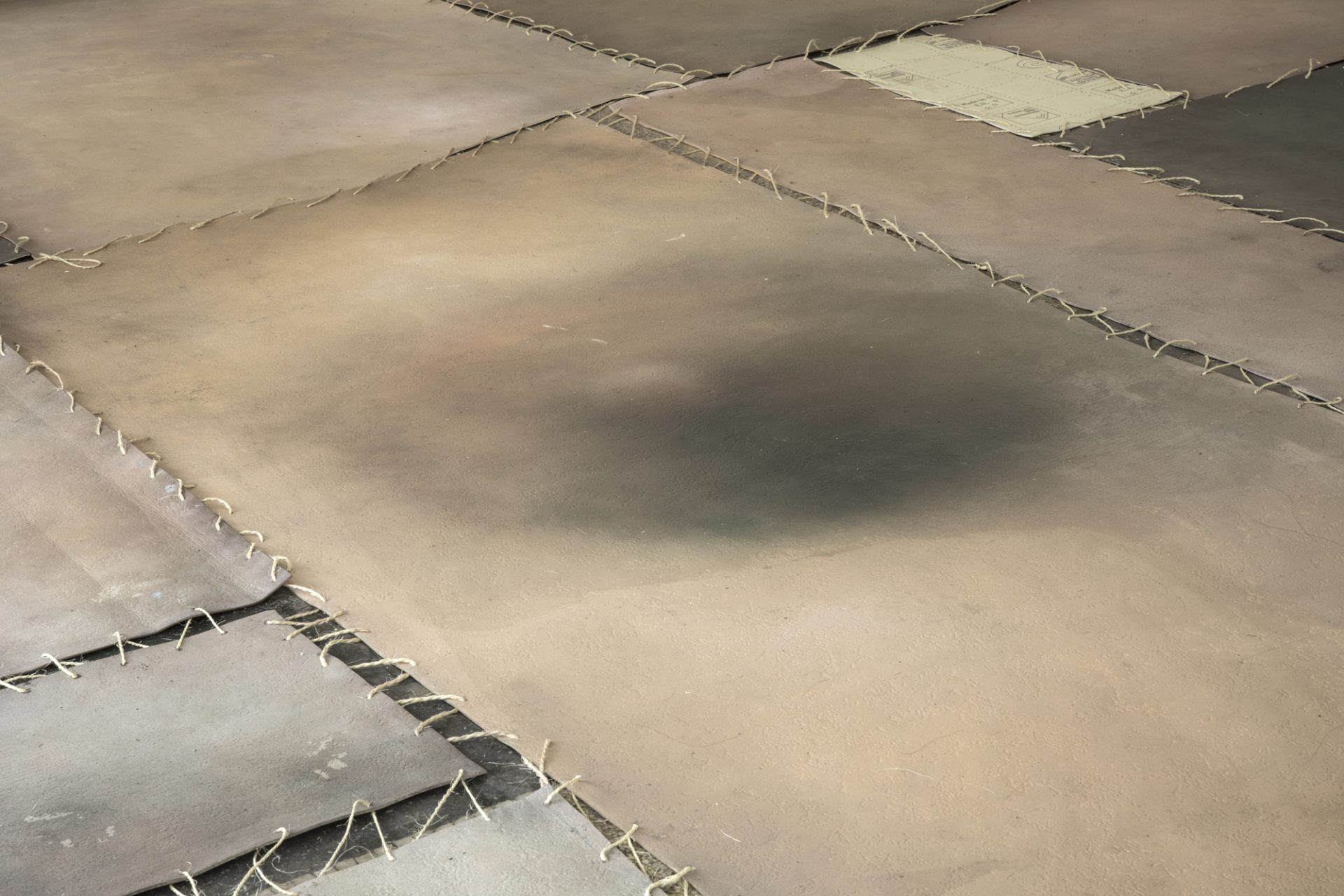
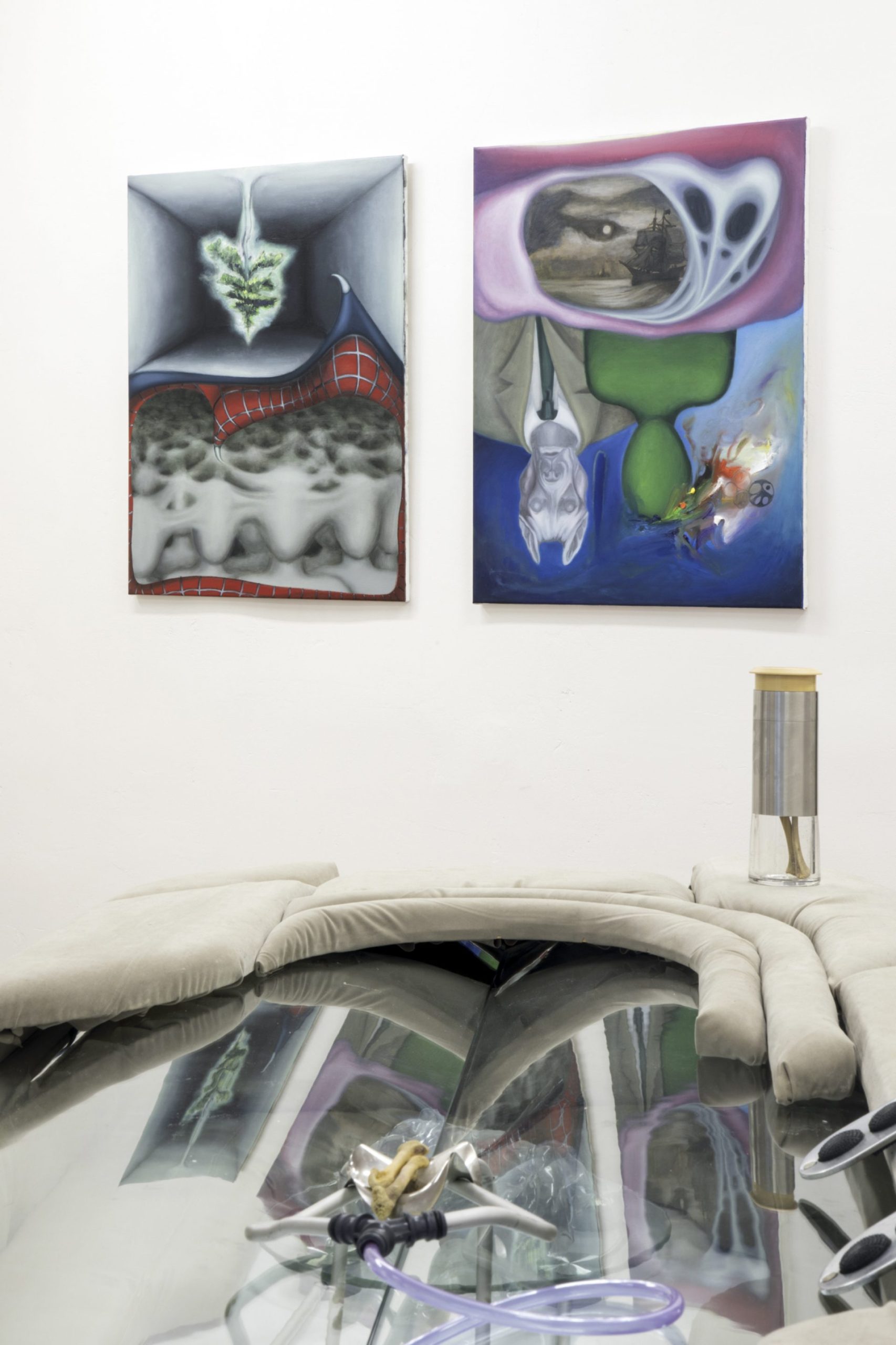








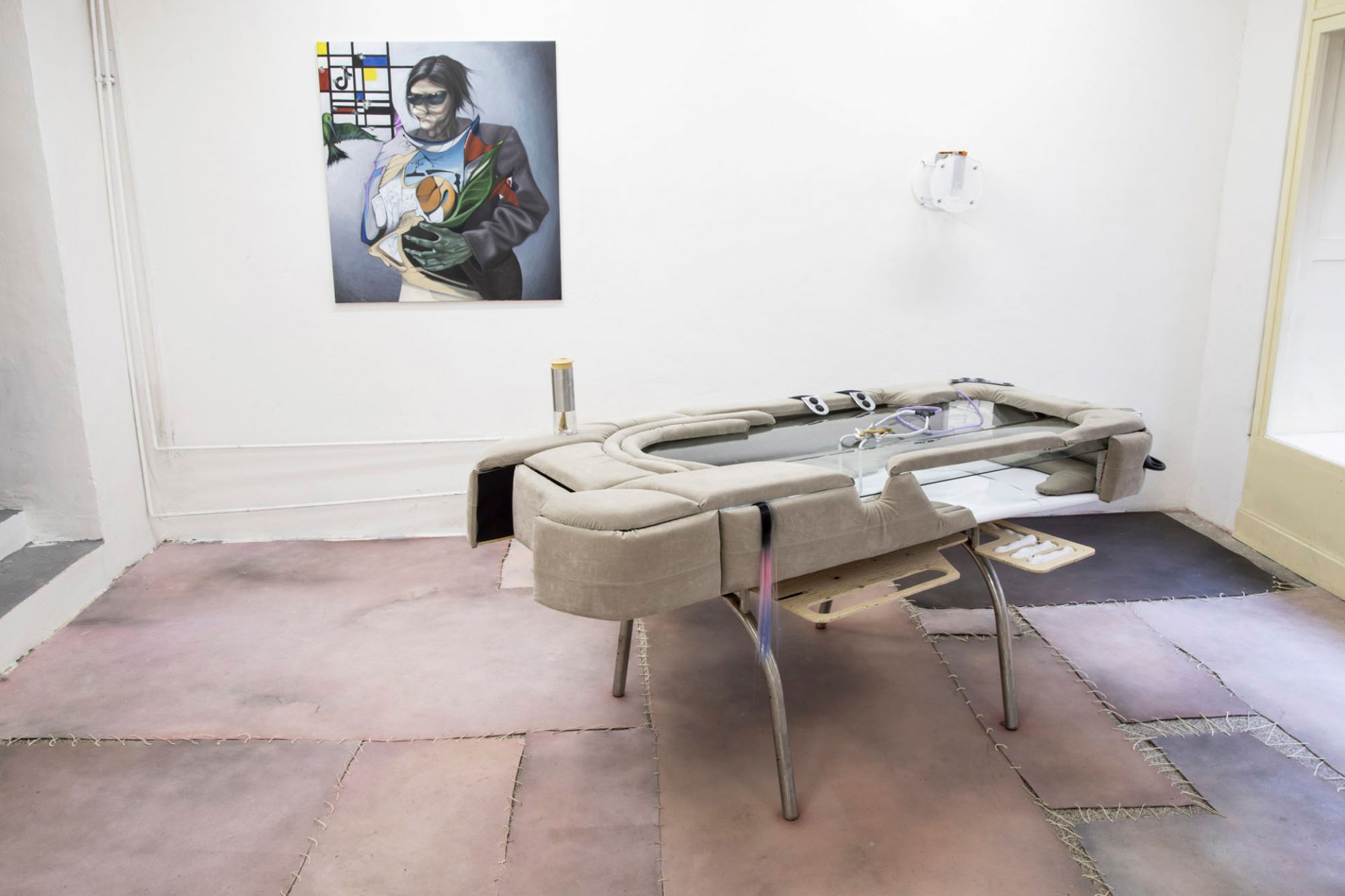



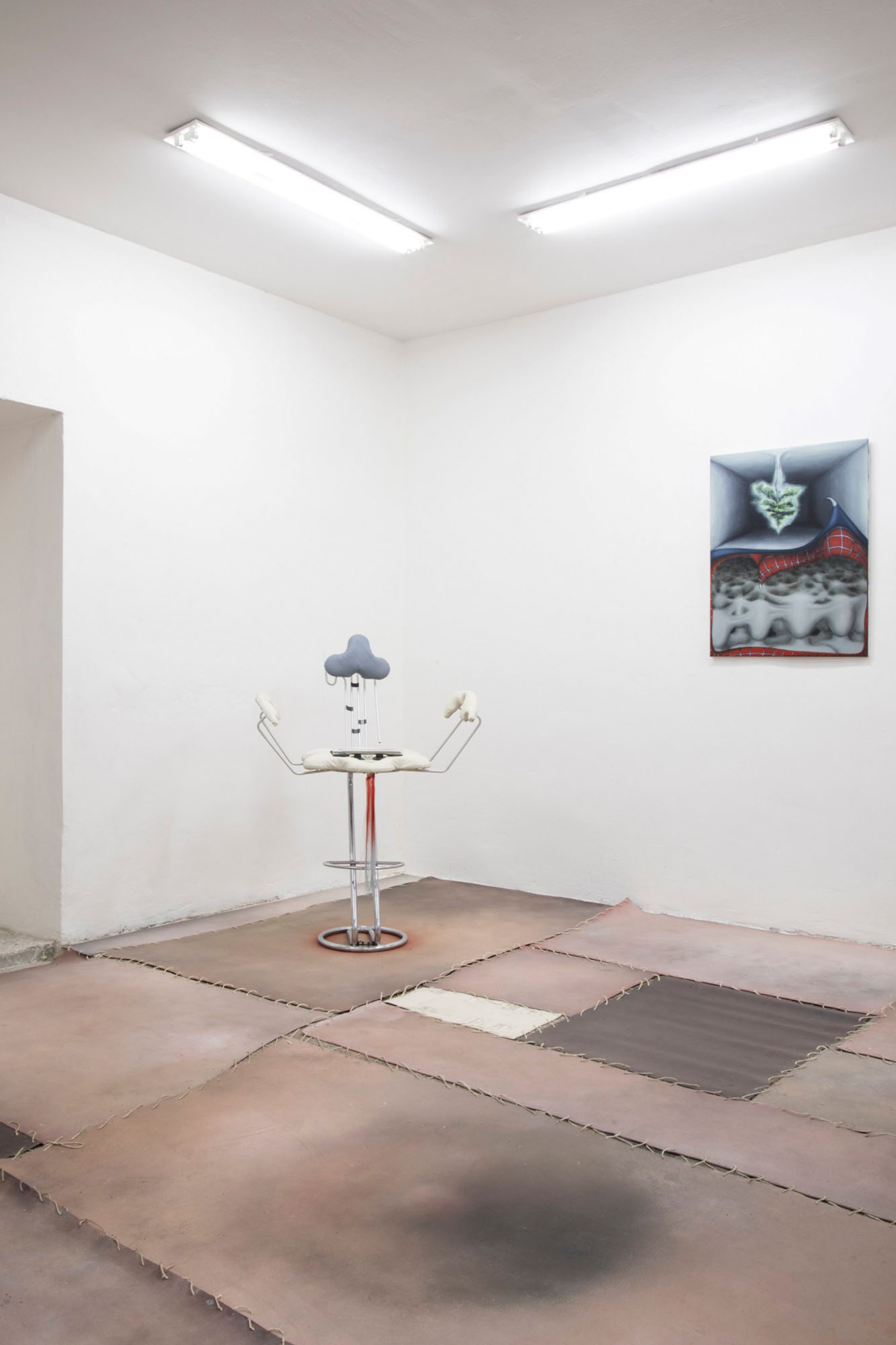


Previous Articles
OFLUXO is proudly powered by WordPress
